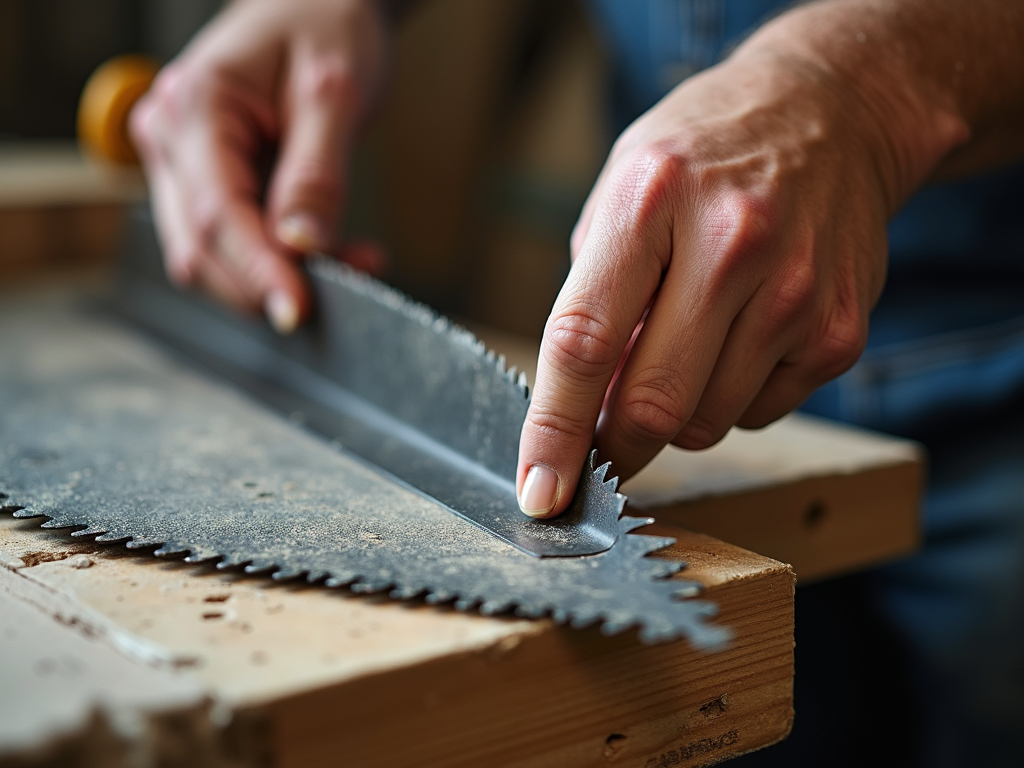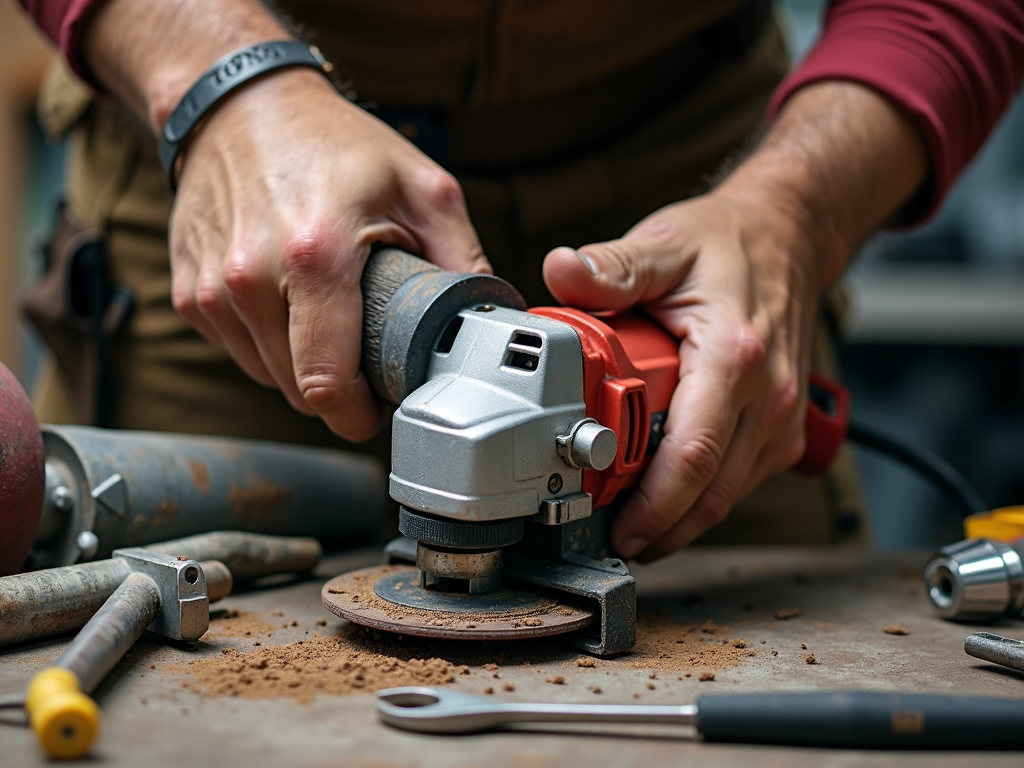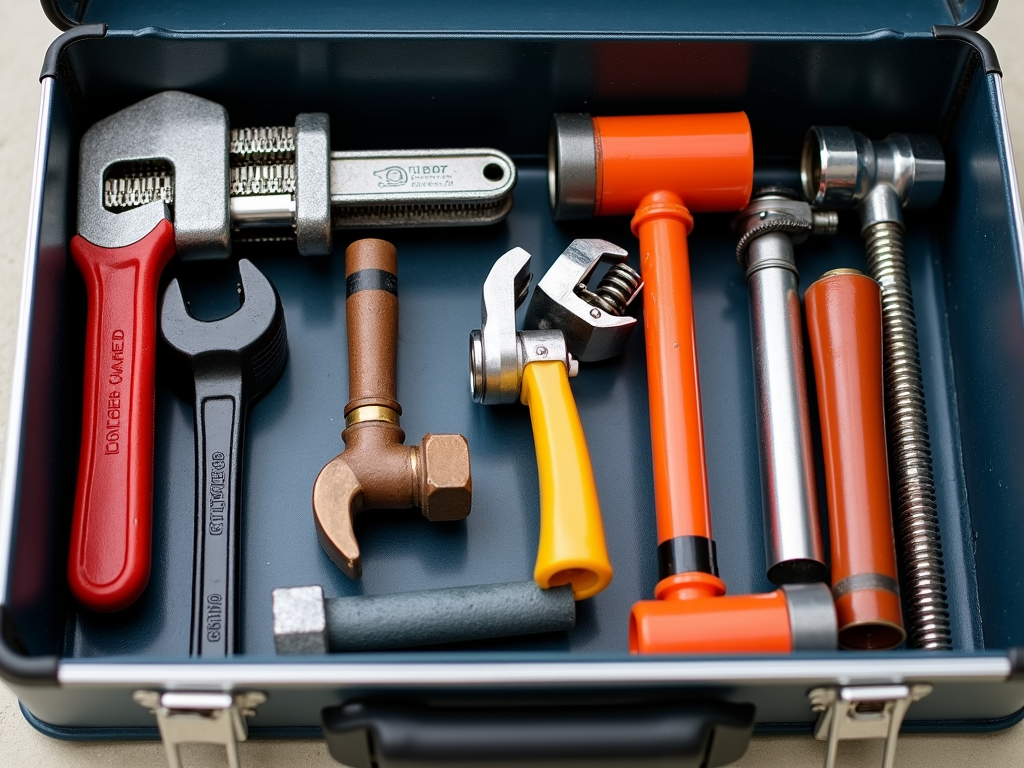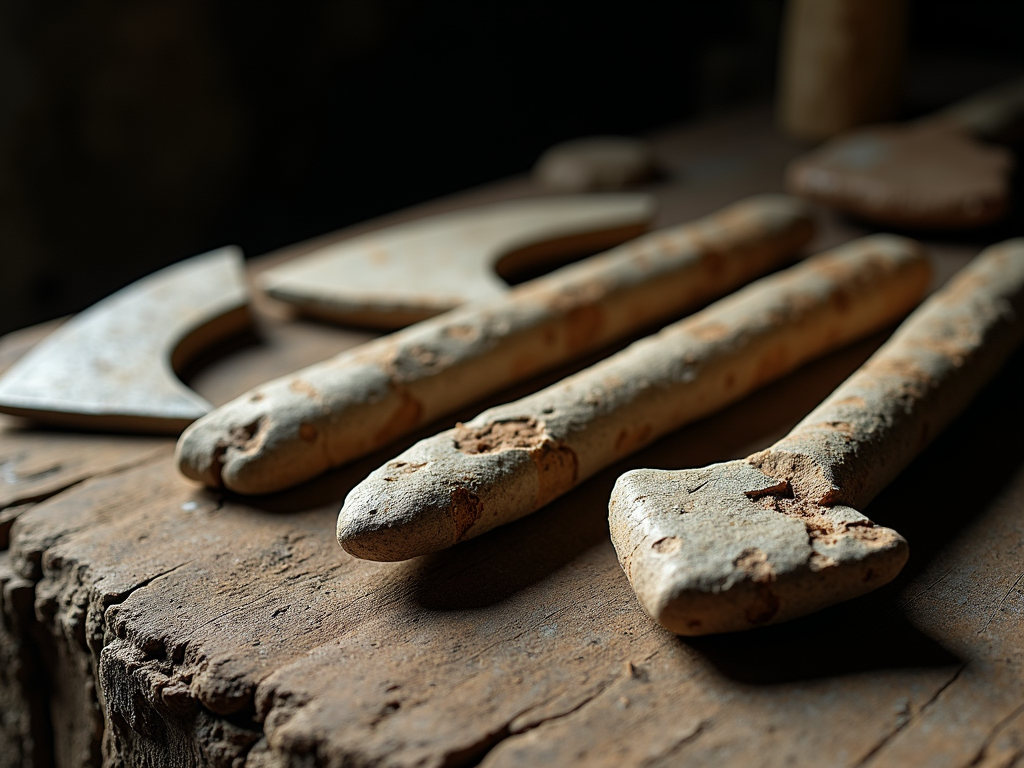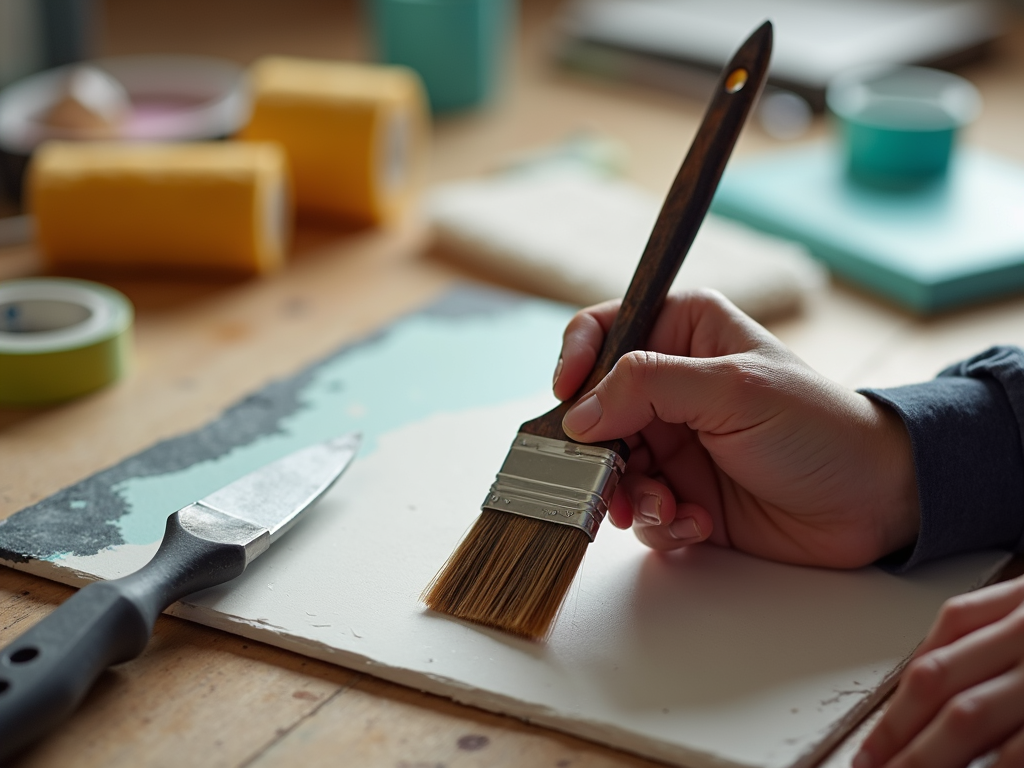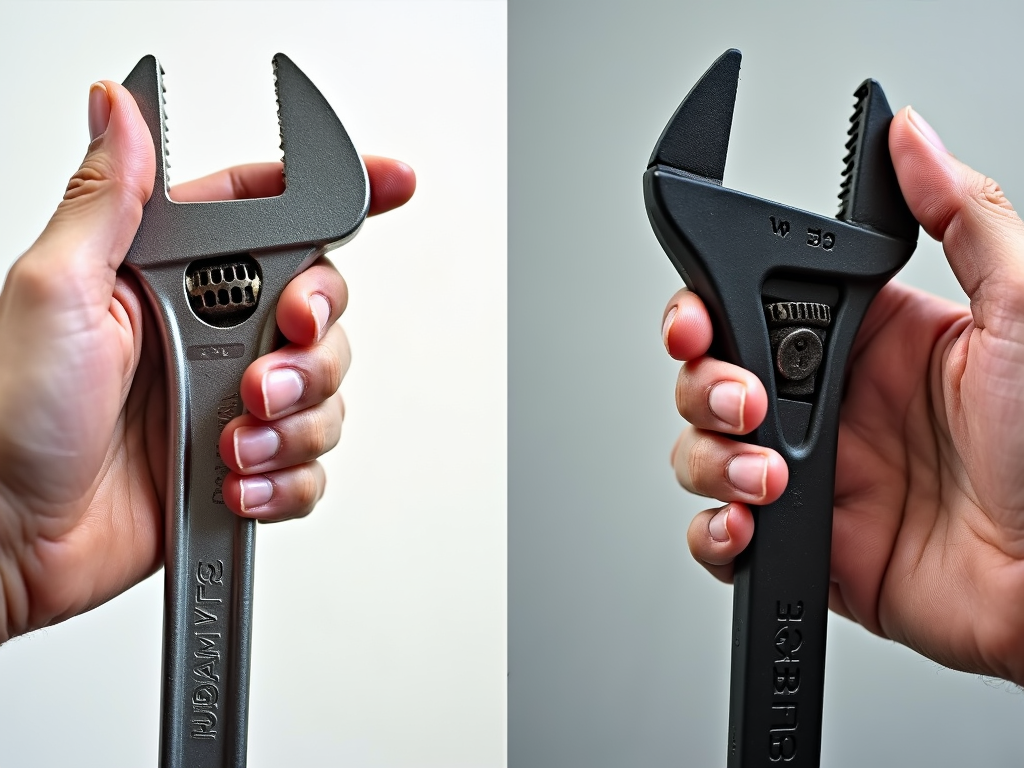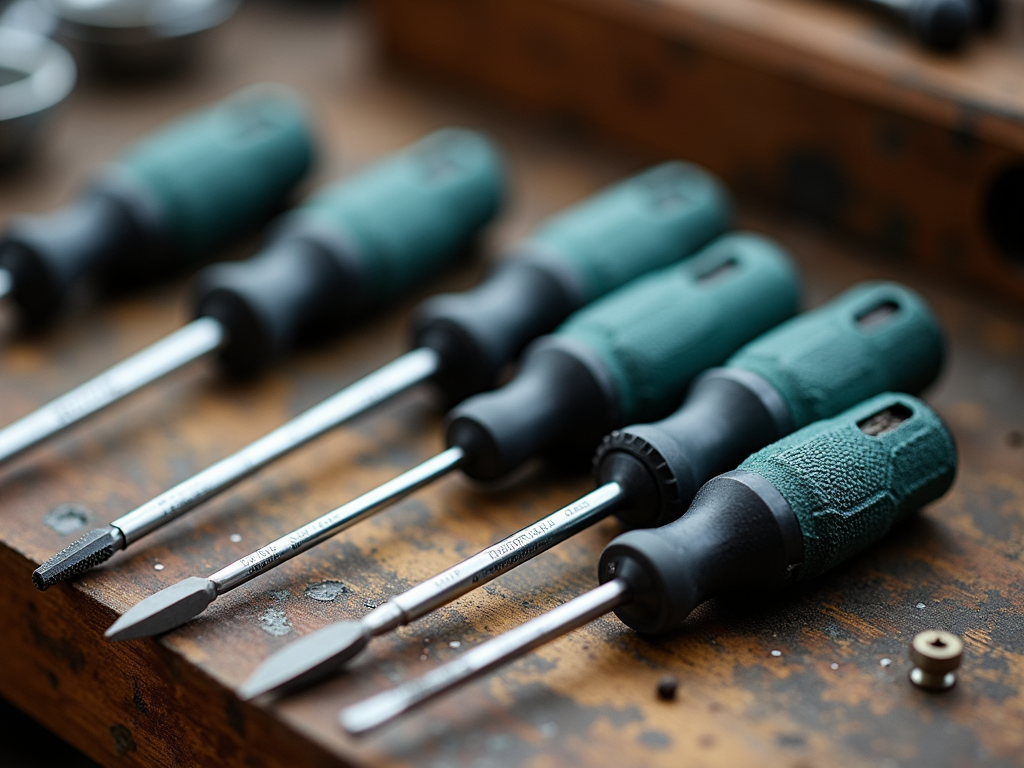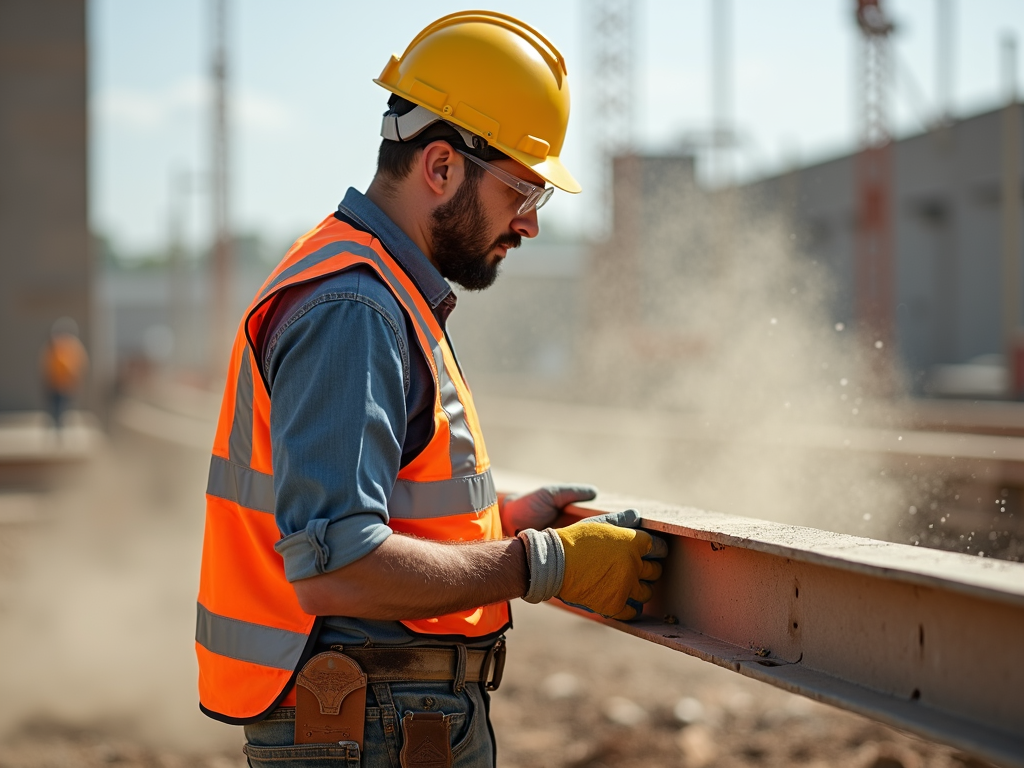Overview
Construction sites are busy places where safety matters most. Training workers well can prevent accidents and save lives. This article shares smart ways to train for construction safety, plus tips to keep workers and tools safe.

Why Construction Safety Training Matters
Safety training is a big deal in construction. It stops accidents before they happen and keeps everyone on the job safe. Plus, it helps companies follow the rules and avoid trouble.
What You Gain from Safety Training
- Fewer Accidents: Workers learn to spot dangers and stop them.
- Happy Teams: A safe site makes workers feel good about their job.
- Save Money: Less trouble means lower costs for fixes and insurance.

Smart Ways to Train for Construction Safety
Training doesn’t have to be boring. Use these clever ideas to teach workers how to stay safe and make it stick.
1. Hands-On Practice
Let workers try things out in workshops. Set up fake job sites where they can practice without real danger. I’ve seen this work—workers remember more when they do it themselves.
2. Tech Tools Like VR
Virtual reality (VR) puts workers in a pretend site. They can face hazards and learn what to do, all without risk. It’s like a video game, but for safety.

3. Keep Training Fresh
Don’t stop after one session. Hold short refreshers every few months. New rules and tools pop up, and workers need to stay sharp.
4. Learn from Each Other
Pair new workers with pros who’ve been around. I once had a mentor show me how to dodge a falling board—it’s advice you don’t forget.
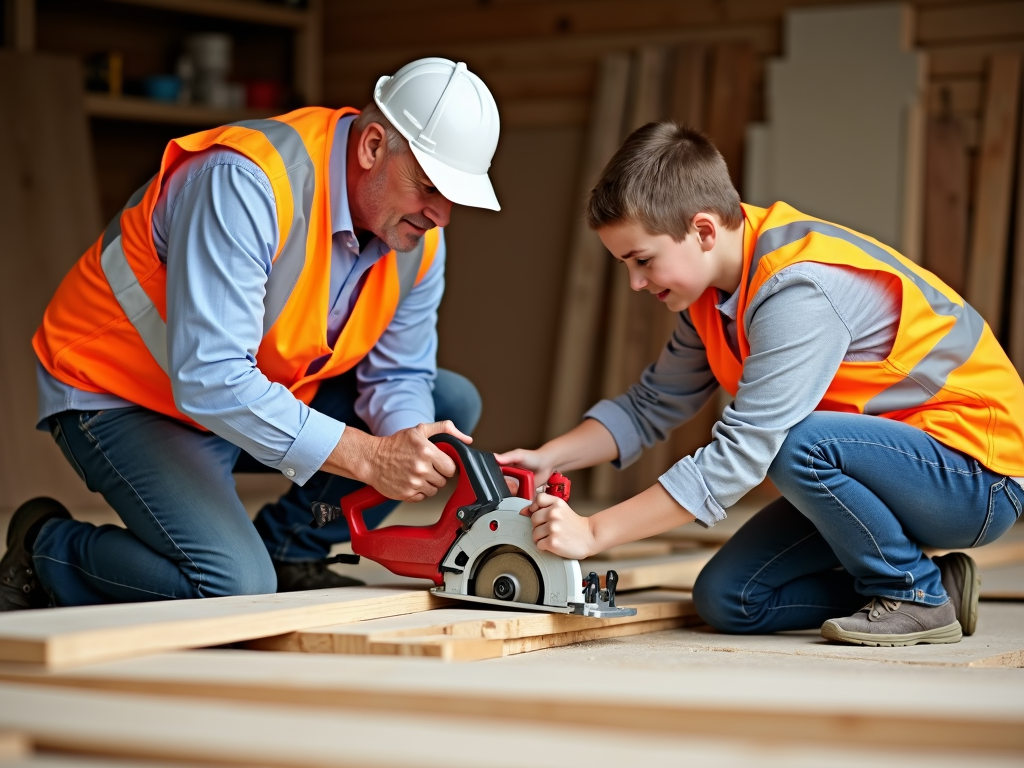
Essential Safety Tips for Construction Workers
Training is step one. These daily habits keep you safe on the job.
1. Gear Up Right
Wear your safety stuff—helmet, gloves, glasses, and vest. It’s your shield against flying bits and heavy stuff.
2. Keep It Tidy
A messy site is a trip waiting to happen. Pick up trash and stack materials neatly. It takes a minute but saves a fall.
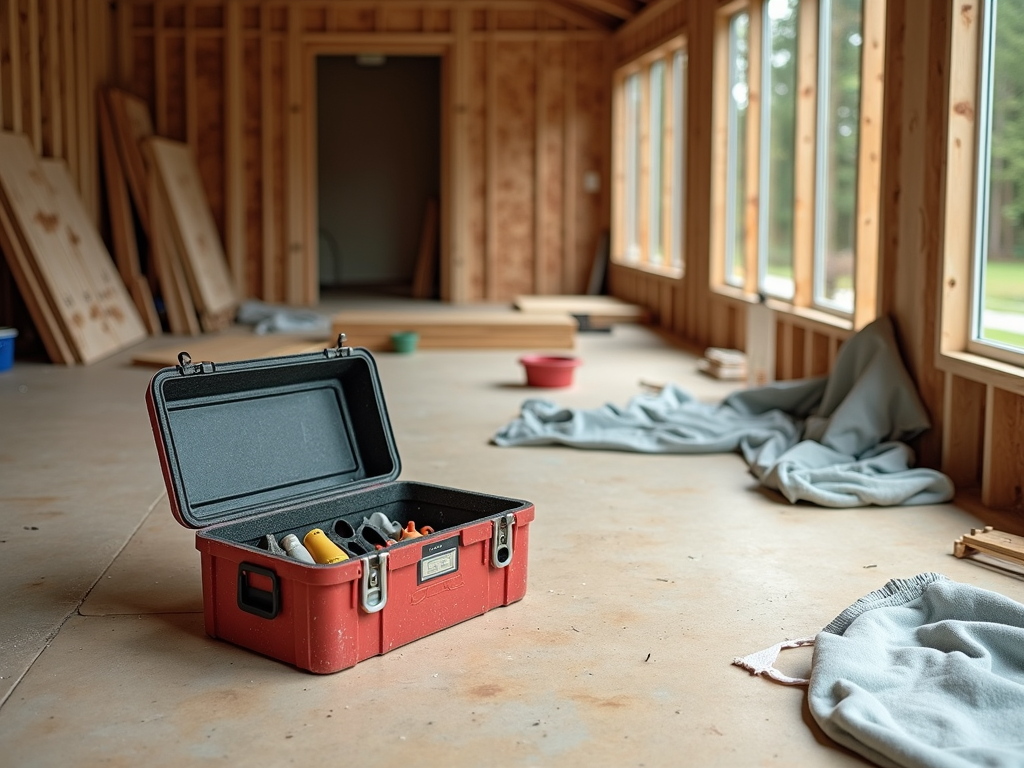
3. Lift Smart
Don’t hurt your back. Bend your knees, hold the load close, and keep your spine straight. I learned this the hard way once—trust me, it’s worth it.
4. Watch Around You
Know what’s happening nearby. Look out for cranes, trucks, or loose stuff above. Yell out if something’s off—communication saves lives.
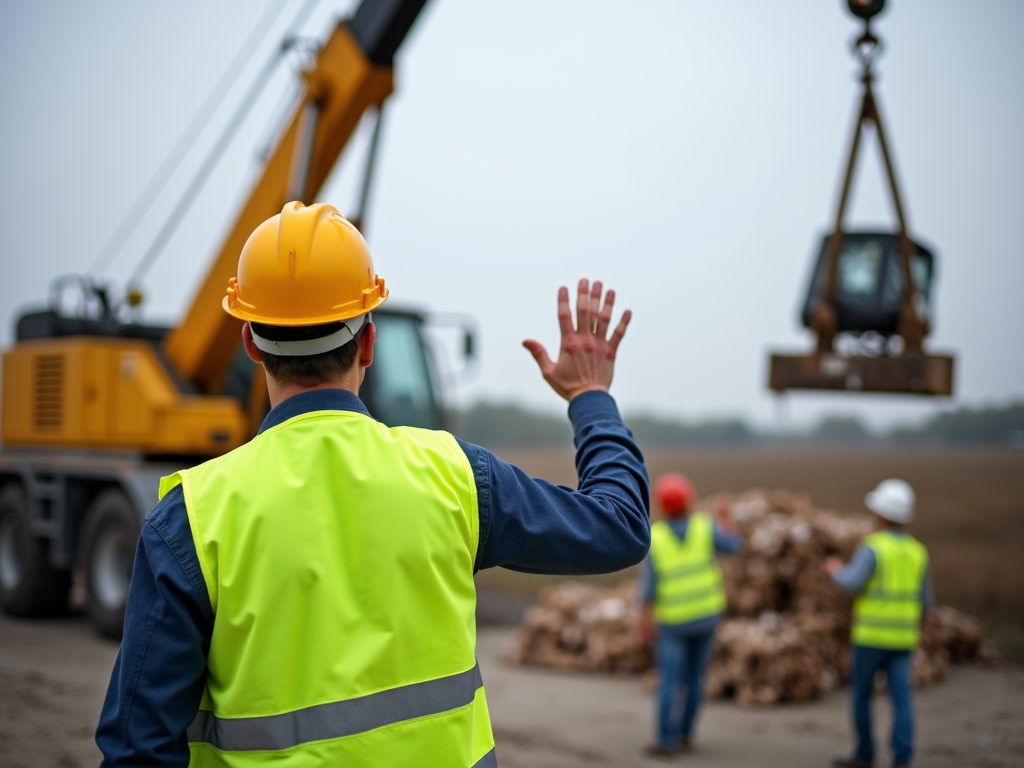
Maintenance Tips for Workman Tools
Construction tools keep the job going, but only if they work right. Here’s how to keep them safe and ready.
1. Check and Clean
Look at your tools before you start. Wipe them down after. A buddy of mine once skipped this—his drill jammed mid-job.
2. Store Them Well
Put tools in a dry spot, like a box or rack. Wet tools rust, and loose ones get lost or broken.
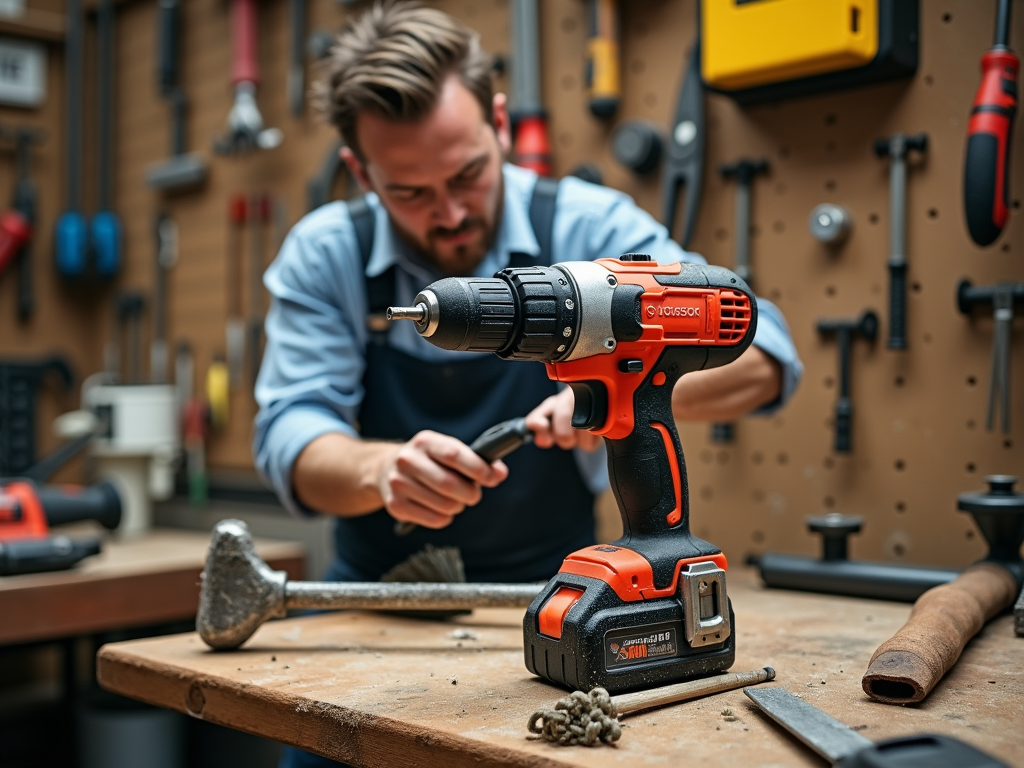
3. Follow the Manual
Read what the maker says about your workman tools. They know best how to keep them running smooth.
4. Swap Out Old Tools
If a tool’s beat up, don’t risk it. Get a new one. A cracked hammer handle nearly got me once—don’t wait for it to fail.
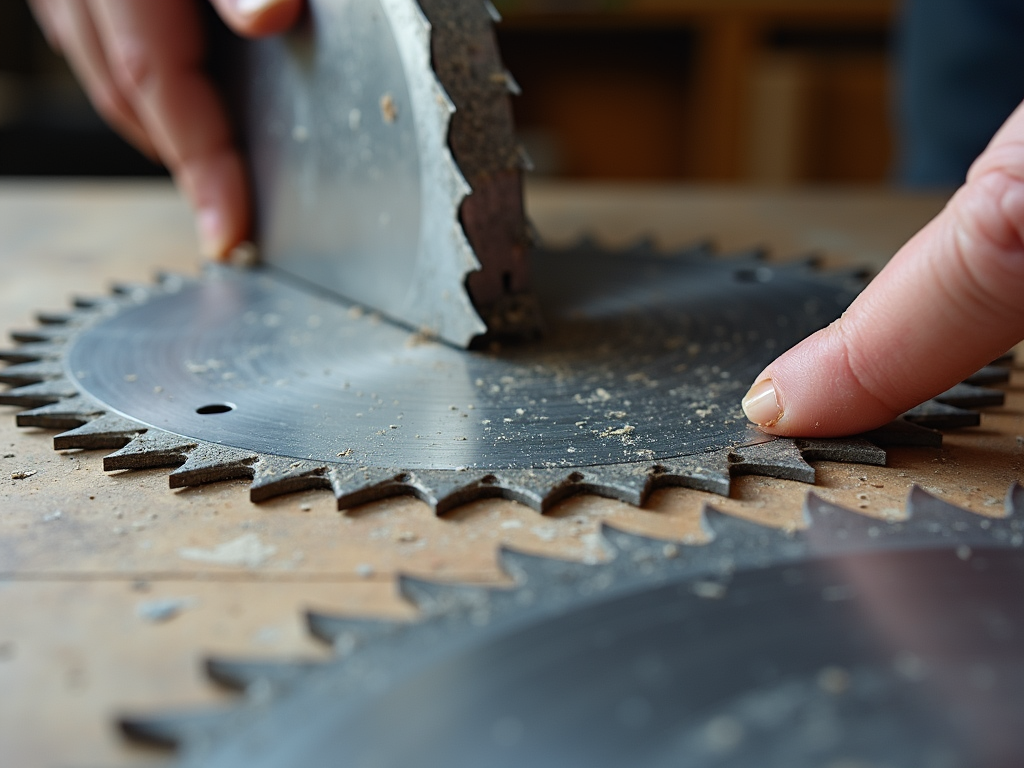
Wrapping It Up
Construction safety training isn’t a one-and-done deal. Use smart ways to train, stick to essential safety tips, and take care of your workman tools. A safe site is a good site—for workers and the job. Want to dig deeper? Check out the recommended readings below.
Related Smart Ways to Train for Construction Safety:
- Construction Safety Basics: Essential Tips for Workers
- Essential Worker Safety Tips for Construction Sites
- Essential Workman Tools for Plumbing Projects
- Top 10 Must-Have Tools for Every Workman
- The Importance of Regular Plumbing Maintenance
- A Look Back at Workman Tools Through the Years
- Easy DIY Projects for Newbies: Start Your Crafting Journey Today!
- Essential Tools Every Painter Needs in Their Toolkit
- How Ergonomic Tools Boost Productivity: A Comprehensive Guide
- Master Your Brush: Top Painting Techniques to Try
- Best Practices for Selecting Automotive Tools
- Workman Safety Tips: Maintaining Comfort and Health
